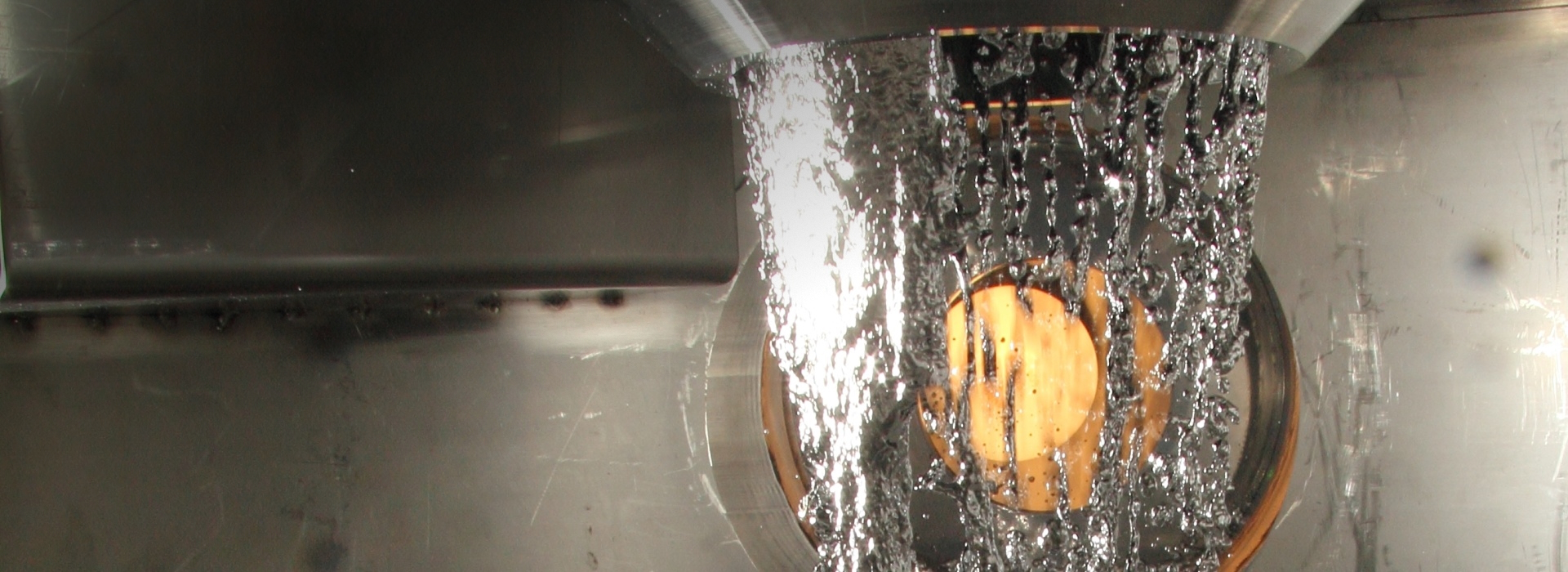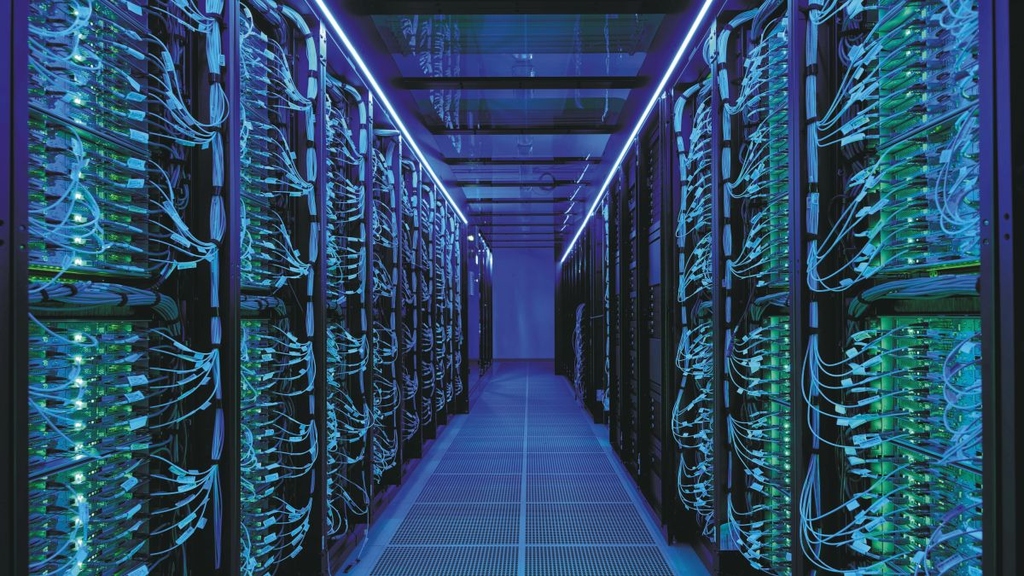
Helmholtz-Gemeinschaft fördert vier neue Projekte in den Feldern Medizin, Umwelt und Energie – zwei mit Beteiligung des KIT
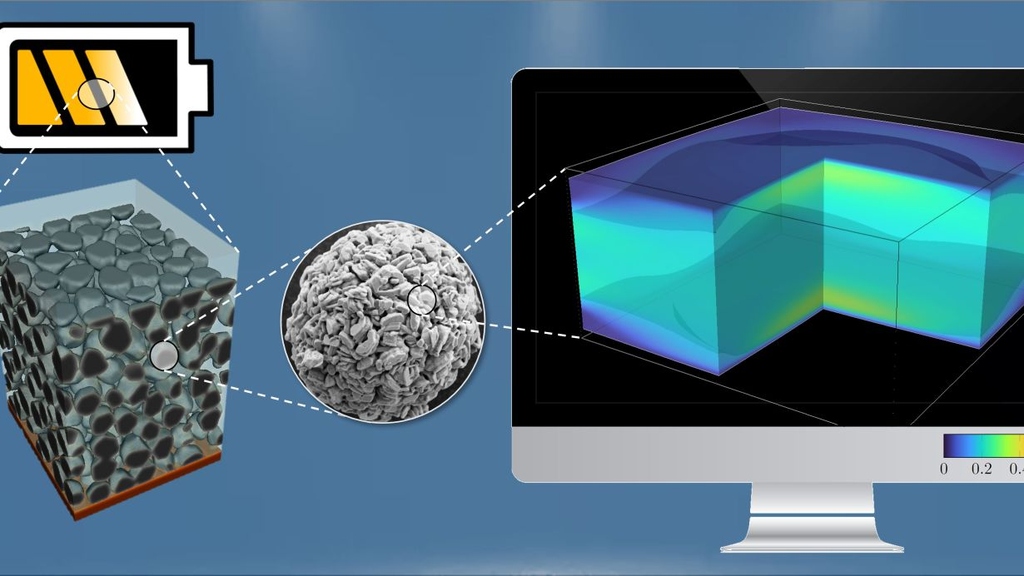
Microstructure simulations reveal strong influence of elastic deformations on charging behavior of layered oxides as cathode in sodium-ion batteries
Learn more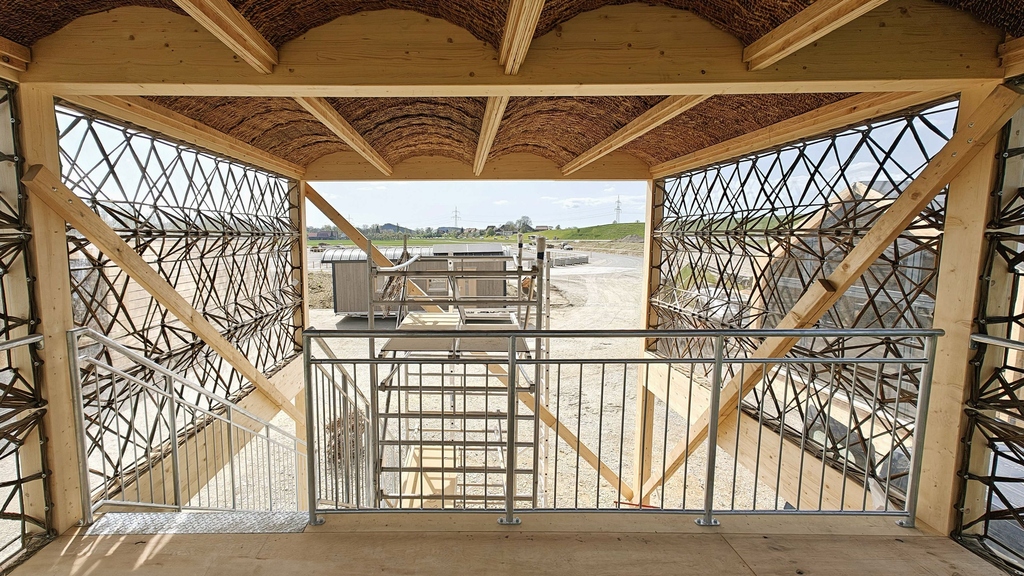
Innovative manufacturing strategies enable the transition to a circular economy in the civil engineering sector – KIT presents project at the Landesgartenschau 2024
Learn more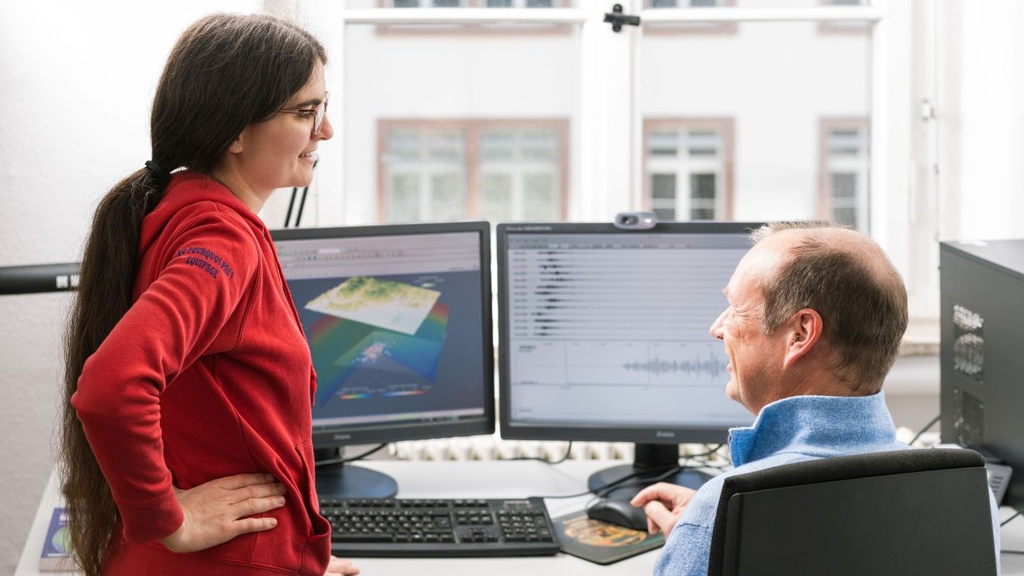
KIT researchers show that the idea of strong single earthquakes at subduction zones could be outdated
Learn more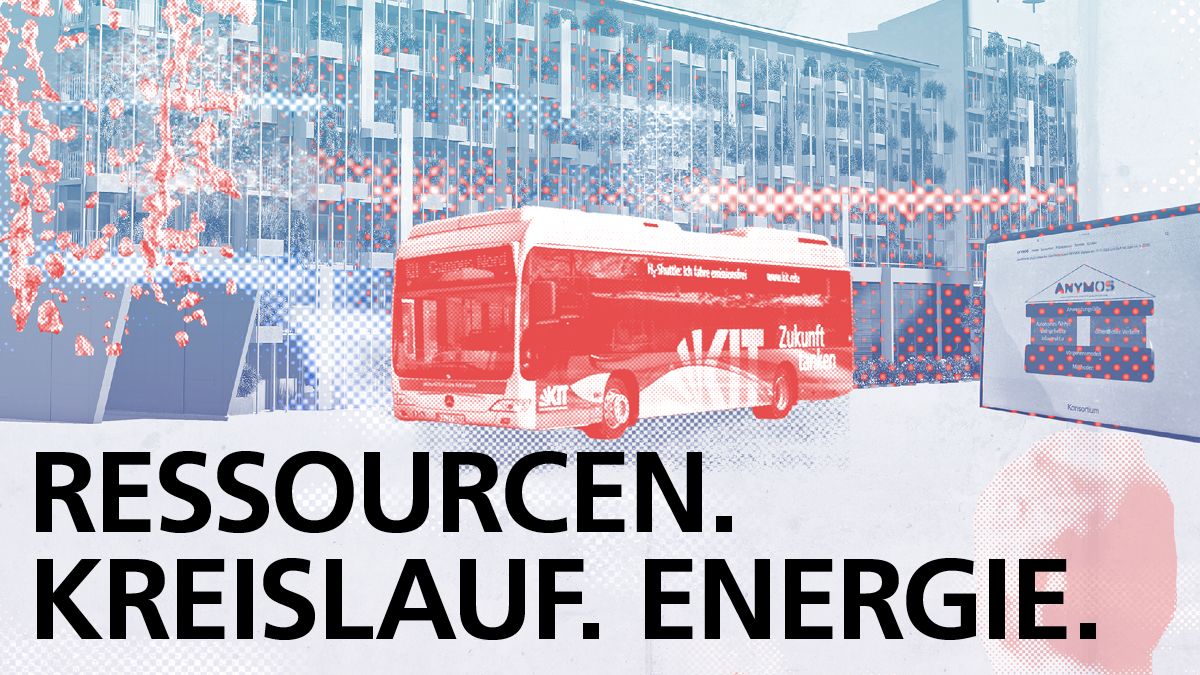
The current issue of the research magazine lookKIT focuses on the effiicient use of materials and energy.
Learn more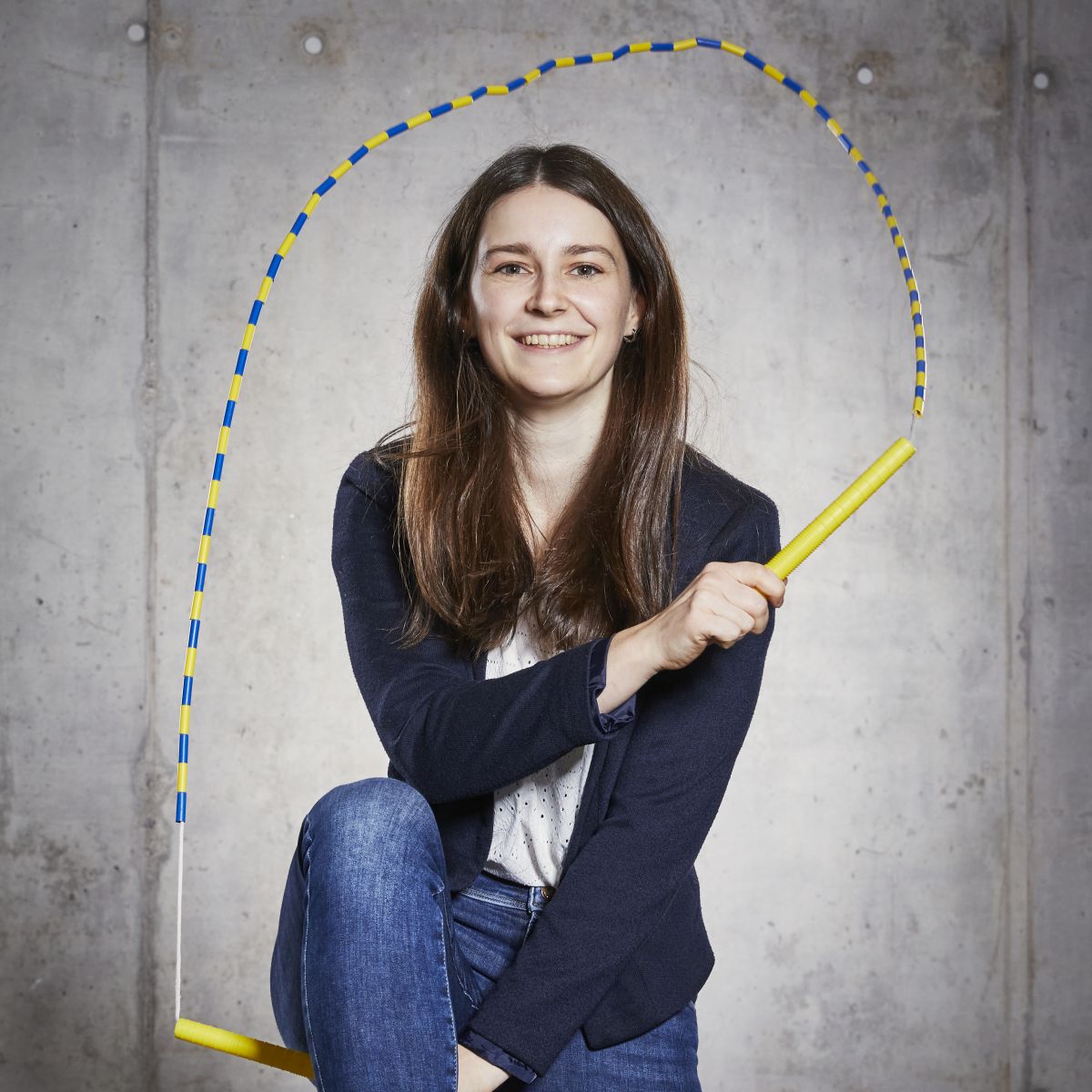
Does exercise lead to increased learning success and how could a digital health coach help? The podcast "Nachgefragt" provides answers.
Learn more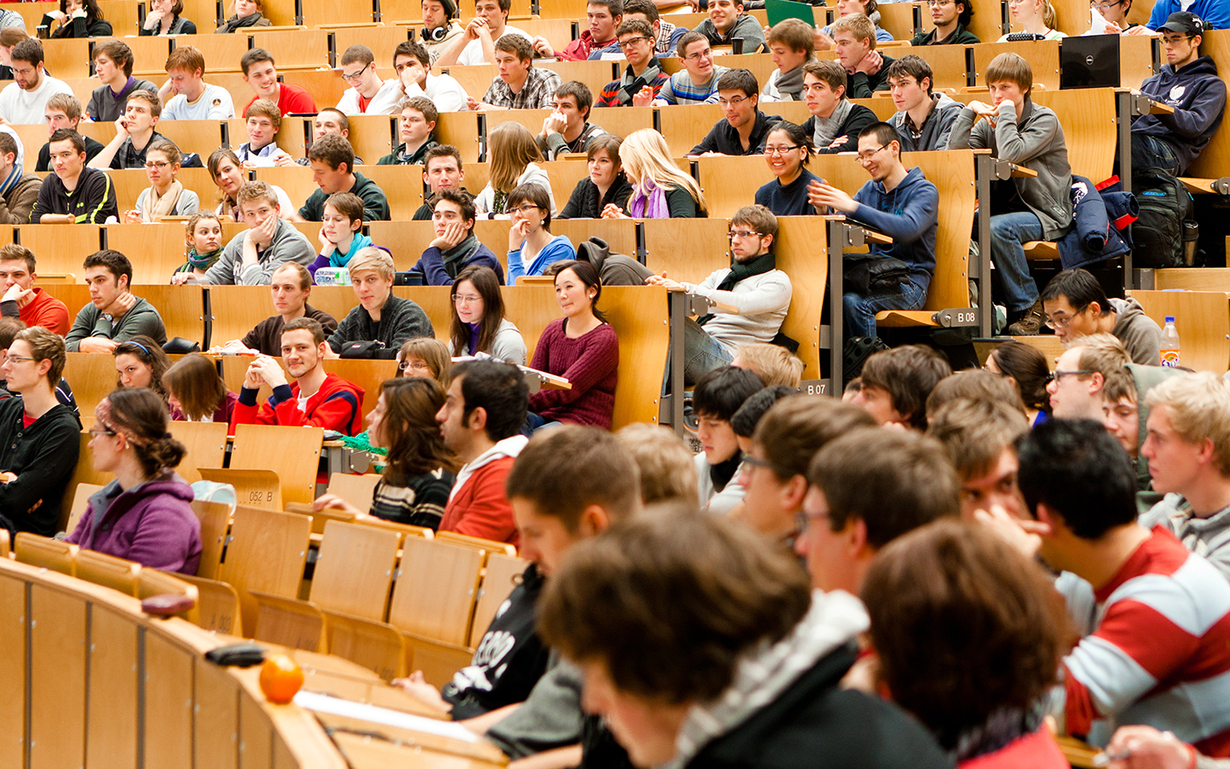
More than 100 degree programs in natural and engineering sciences, economics, humanities, social sciences and teaching.
Learn moreAs a University of Excellence, KIT strengthens excellent research, maintains intensive dialog with society, and offers reliable career paths.
Research University in the Helmholtz Association
KIT is the only German university of excellence that combines a long university tradition with large-scale national research.
